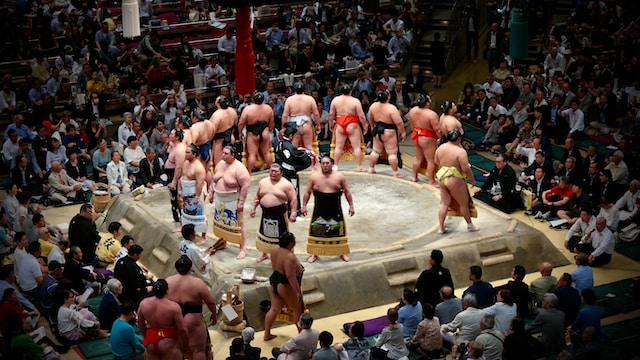
As one of the most culturally rich countries in the world, Japan is home to a variety of sports and martial arts that have captured the imagination of people all over the globe. From the ancient art of sumo wrestling to the modern-day phenomenon of karate, Japanese sports is rich, diverse, unique and fascinating.
Traditional Japanese Martial Arts
Traditional Japanese martial arts have a long and storied history, deeply rooted in the ancient warrior culture of Japan. These disciplines have been practiced and passed down through generations, preserving the techniques and philosophies that embody the essence of martial arts. From the disciplined strikes of karate to the graceful movements of aikido, each martial art offers its unique approach to combat and self-defense.
Karate – The Way of the Empty Hand
Originating from the Okinawan martial arts, karate is renowned for its powerful strikes and rigorous training. Emphasizing physical and mental discipline, karate practitioners develop a strong foundation of balance and control. With a focus on both defensive and offensive techniques, the practitioner learns to harness their energy to deliver devastating blows.
Judo – The Gentle Way
Developed by Jigoro Kano in the late 19th century, judo is a martial art that blends technique and strength. Judo practitioners utilize throws, pins, and joint locks to subdue opponents, relying on the principles of balance and leverage to gain the upper hand. Judo emphasizes mutual respect and self-improvement, making it both a valuable self-defense technique and a competitive sport.
Aikido – The Art of Harmony
Founded by Morihei Ueshiba in the early 20th century, aikido focuses on redirecting an opponent’s energy rather than directly opposing it. By utilizing fluid movements and joint locks, aikido practitioners can neutralize attacks effortlessly. The philosophy behind aikido revolves around the idea of blending with an opponent’s energy and resolving conflicts peacefully, making it a valuable martial art for self-defense and personal growth.
Kendo – The Way of the Sword
Drawing inspiration from the samurai traditions, kendo is a martial art that centers around swordsmanship. Practitioners engage in sparring matches using bamboo swords, known as shinai, while wearing protective armor. Kendo emphasizes strength, precision, and discipline, fostering a deep understanding of the sword as an extension of one’s body and spirit.
Kyudo – The Way of the Bow
Rooted in ancient Japanese archery, kyudo is a martial art that seeks to cultivate a mental and spiritual connection with the bow and arrow. Practitioners learn to harmonize their mind, body, and posture to achieve a state of focused concentration. Kyudo serves as a meditative practice, emphasizing discipline and self-awareness.
Samurai Culture and Martial Arts
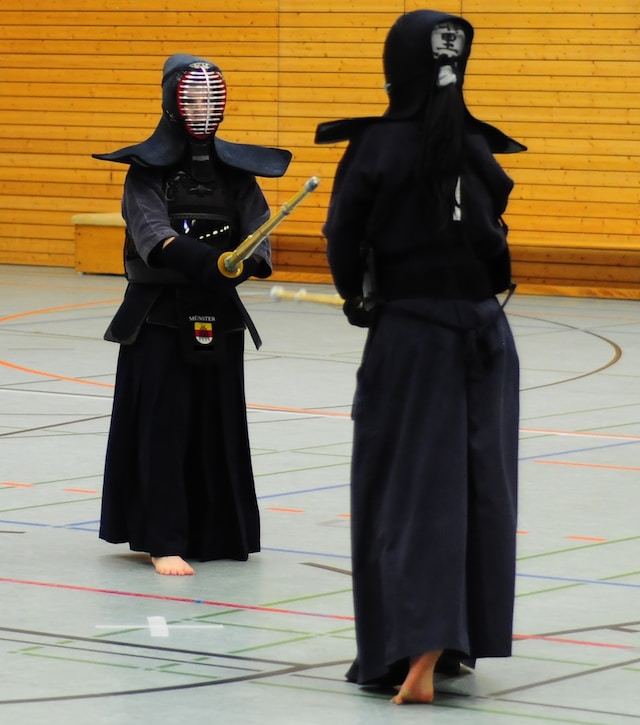
The samurai have long captivated the world with their code of honor, Bushido, and their mastery of various martial arts. Rooted in the feudal era of Japan, the samurai were not merely warriors, but also scholars and artists. Their deep connection to martial arts shaped their way of life, allowing them to uphold their honor and protect their lord. Let us explore the fascinating world of samurai culture and the martial arts they practiced.
The Path of Bushido:
Bushido, the “Way of the Warrior,” governed the behavior and values of the samurai. Influenced by Confucianism, Buddhism, and Shintoism, Bushido emphasized loyalty, honor, and self-discipline. The samurai held a strong sense of duty and were willing to sacrifice their lives for their lord or for the preservation of honor. Embodying the principles of Bushido, the samurai trained rigorously in various martial arts to develop their physical and mental prowess.
Kenjutsu – The Art of the Sword:
Kenjutsu, the traditional samurai swordsmanship, was at the heart of their martial training. Samurai warriors devoted themselves to the mastery of the katana, a curved sword revered as the soul of the samurai. They honed their skills through rigorous practice, focusing on precision, speed, and the ability to strike with lethal efficiency. Kenjutsu techniques also encompassed defensive moves, footwork, and strategic positioning.
Battōjutsu – The Art of Drawing the Sword:
Battōjutsu was a specialized art within kenjutsu that focused on the quick and efficient drawing of the sword. Samurai trained to unsheathe, strike, and resheath their sword in a single fluid motion to catch their opponents off guard. This technique required immense concentration, agility, and precision.
Hojōjutsu – The Art of Rope Tying:
While not a martial art in the conventional sense, hojōjutsu played an essential role in the samurai’s skill set. Hojōjutsu was the art of restraining and immobilizing opponents using ropes and knots. Samurai would use this technique for capturing and interrogating enemies, as well as practicing self-restraint and control.
Sojutsu – The Art of the Spear:
The samurai’s arsenal extended beyond the sword to include the yari, a long spear. Sojutsu encompassed the techniques and strategies involved in spear combat, such as thrusting, striking, and parrying. Mastery of sojutsu allowed samurai to keep their enemies at a distance and maintain an advantage in battle.
Kyujutsu – The Art of Archery:
Kyujutsu, or traditional Japanese archery, held great significance to the samurai. Samurai practiced kyujutsu not only as a martial skill but also as a means of cultivating discipline and focus. Drawing the yumi bow and releasing the arrow with precision required a deep connection between mind, body, and spirit.
Japanese Combat Sports
In addition to traditional martial arts, Japan is also known for its thriving combat sports scene. These Japanese sports combine elements of martial arts with competitive elements, providing exciting and intense competitions for both participants and spectators.
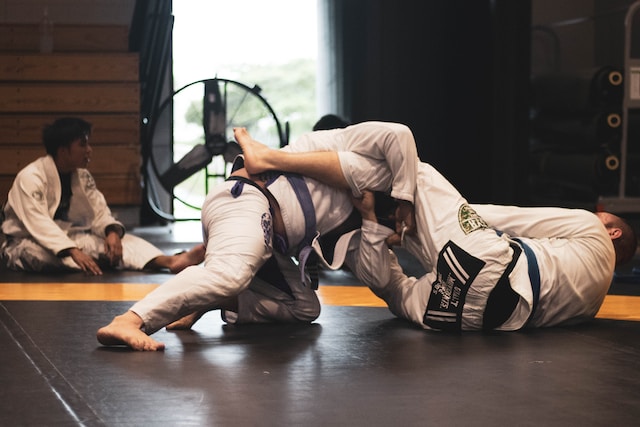
From the fast-paced and striking-focused sport of kickboxing to the ground-based grappling of judo and Brazilian Jiu-Jitsu, Japanese combat sports offer a diverse range of disciplines for athletes to excel in. Let’s explore some of these popular Japanese sports and their unique characteristics.
Brazilian Jiu-Jitsu (BJJ):
Known for its ground-based grappling techniques, Brazilian Jiu-Jitsu has gained significant popularity in Japan. BJJ practitioners aim to dominate opponents through an array of submission holds, including chokes and joint locks. The sport’s emphasis on technique, leverage, and strategy levels the playing field, allowing smaller individuals to effectively overcome larger opponents.
Shooto:
Originating in Japan, Shooto is a hybrid martial art that combines elements of striking and grappling techniques. Shooto fighters engage in bouts within a ring, utilizing a variety of techniques from kickboxing, judo, wrestling, and submission grappling. Shooto has a reputation for producing well-rounded fighters, with many athletes transitioning from Shooto to other high-profile promotions like the UFC.
Kickboxing
Kickboxing is a dynamic combat sport that emphasizes striking techniques such as punches, kicks, knee strikes, and elbow strikes. Fighters compete in a ring, utilizing a combination of punches, kicks, and knee strikes to score points or knockout their opponents. Japanese kickboxing promotions, such as K-1, have gained international recognition and have produced numerous world champions.
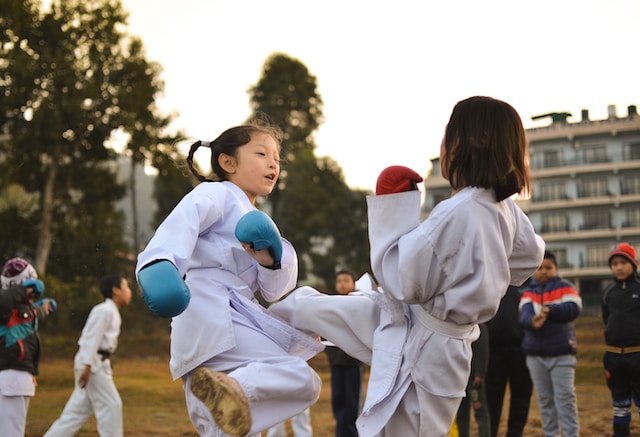
Baseball: A National Pastime
Baseball, known as “yakyu” in Japanese, holds a special place in the hearts of Japanese sports enthusiasts. Introduced to the country in the late 1800s by American missionaries, baseball quickly gained popularity and became deeply ingrained in Japanese culture.
Professional Baseball Leagues:
- Nippon Professional Baseball (NPB) League: Established in 1936, the NPB is Japan’s premier baseball league, consisting of two divisions – the Central League and the Pacific League. The league showcases top talent and draws large crowds to stadiums across the nation.
- Teams and Rivalries: The NPB boasts iconic teams such as the Yomiuri Giants, Hanshin Tigers, and Hiroshima Carp, each with passionate fan bases. These teams’ historic rivalries stir up intense emotions and create an electric atmosphere during games.
High School Baseball:
- Koshien Tournament: The annual Koshien Tournament is a highly prestigious and revered high school baseball competition held at Hanshin Koshien Stadium. Representing the pinnacle of amateur baseball, this tournament captivates the nation, with schools from across Japan vying for the coveted title.
- Passionate Support: High school baseball in Japan has a dedicated following, with fans filling stadiums and rooting for their alma maters or local teams. The tournament broadcasts receive widespread viewership, showcasing the immense popularity of the sport.
Sumo Wrestling: A Symbol of Strength and Tradition
Sumo wrestling, with its centuries-old history, embodies the essence of traditional Japanese culture. The sport’s strong ties to Shinto religious rituals and its depiction in classical literature have entrenched it as a national treasure.
Rituals and Traditions:
- Grand Sumo Tournaments: Held six times a year in Tokyo, Nagoya, Osaka, and Fukuoka, grand sumo tournaments, known as “basho,” are the highlight of the sumo calendar. These tournaments attract large crowds and offer an unparalleled spectacle of athleticism and tradition.
- Ceremonial Elements: Before each match, sumo wrestlers engage in intricate rituals, such as the purification ceremony and salt-throwing to ward off evil spirits. These rituals pay homage to the sport’s historical roots and contribute to its spiritual significance.
Training and Dedication:
Aspiring sumo wrestlers, or “rikishi,” enter sumo stables, where they live a structured and disciplined lifestyle. Under the guidance of experienced trainers, they undergo rigorous physical training, strict diets, and learn the techniques and strategies of the sport.
A unique aspect of sumo wrestling is the hierarchical ranking system. Rikishi ascend through the ranks based on their performance in tournaments, with the highest rank being “yokozuna.” Achieving the yokozuna title is considered the pinnacle of success in sumo wrestling.
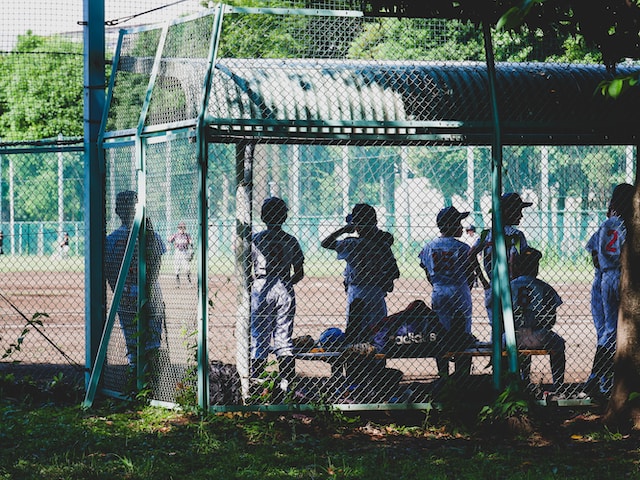
J-League and Soccer:
Soccer, or “football” as it is known in most parts of the world, has gained immense popularity as one of the top Japanese sports over the years. The country’s professional soccer league, known as the J-League, has become a vibrant and highly competitive platform for players to showcase their skills. Let’s delve into the world of Japanese soccer and explore the excitement and passion that surrounds the J-League.
In 1993, the J-League was established with the aim of revolutionizing Japanese soccer and raising its standards to compete on an international level. The league was created to mirror successful models from Europe, such as the English Premier League and Germany’s Bundesliga. It brought together professional clubs from all over Japan, marking a new era for the sport in the country.
The J-League has become renowned for its focus on player development and scouting. Japanese clubs invest heavily in youth academies to nurture talent from a young age, ensuring a steady pipeline of skilled players for the future. This commitment to developing young talent has led to the emergence of several world-class Japanese players who have made their mark on the international stage.
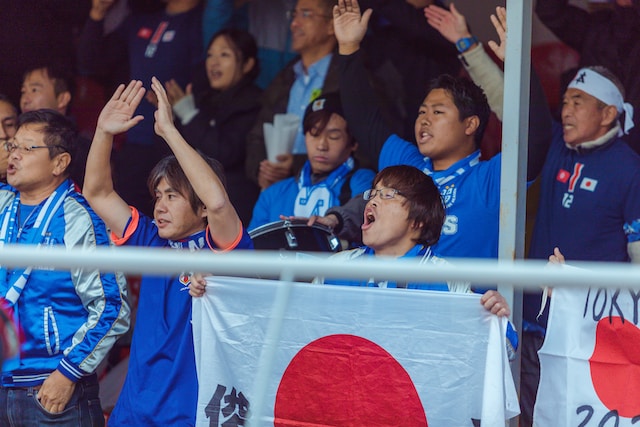
Japanese soccer fans are known for their passionate support, creating a vibrant atmosphere in stadiums across the country. From choreographed chants and synchronized flag waves to colorful banners and enthusiastic drumming, the J-League stands as a testament to the unwavering dedication and love of the sport in Japan.
Japanese soccer has achieved significant international success, with the national team making a mark in major tournaments. Notably, the Japanese team has reached the round of 16 in the FIFA World Cup on multiple occasions, showcasing their talent and competitive spirit.
Japanese Olympic Sports
Japan has won gold, silver, and bronze medals in several olympic sports in the past couple of decades.
In the past 20 years, Japan has excelled in a variety of Olympic sports. In swimming, Japanese athletes have won medals in events such as the 200-meter butterfly and the 400-meter individual medley. Japan has also made a name for itself in the sport of judo, with several gold medals won in both men’s and women’s events. Additionally, Japan has had success in gymnastics, winning medals in both the individual and team events. In track and field, Japanese athletes have impressed in events such as the 4×100-meter relay and the hammer throw. Wrestling has also been a strong suit for Japan, with medals won in both freestyle and Greco-Roman events.

